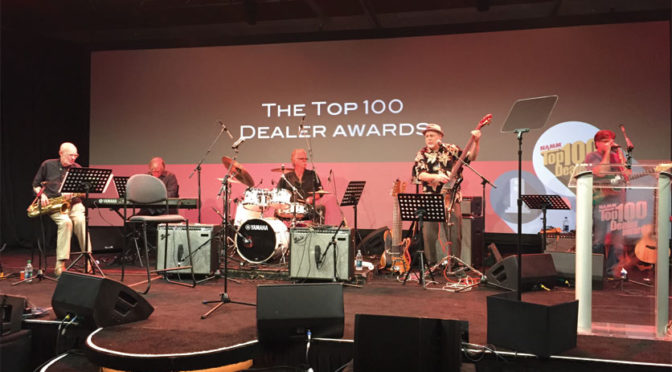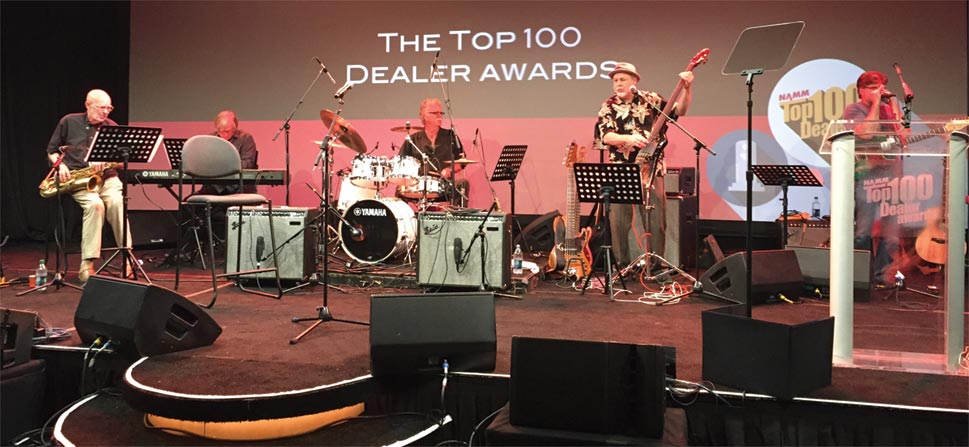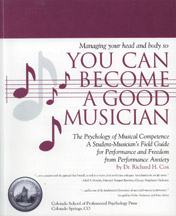Making your Reservation
Ask for priority boarding. Request (or purchase) “zone 1” boarding, which will allow you early access to overhead stowage.
Inform carrier representative(s) that you are transporting a musical instrument. Carriers are required to inform passengers about any plane limitations and restrictions.
Rules relating to on-board stowage will apply to any instrument that meets FAA carry-on size requirements.
Packing & Carrying Your Instrument
Remove any sharp tools, like reed knives and end pins, and liquids that do not comply with TSA’s three-ounce regulation.
In case your instrument is not allowed in the cabin with you, be sure to have a proper travel case to avoid damage.
Board early: Overhead and under seat stowage is on a first come, first serve basis. Once an instrument is stowed in-cabin, it cannot be removed or be replaced by other bags.
Deal Calmly with Problems
If you are stopped by a flight attendant, calmly and quickly explain the precautions you have taken to prepare your instrument to safely travel in-cabin.
- Be accommodating. Suggest placing the instrument in the storage area designated by gate and flight attendants.
- If necessary, immediately ask to de-plane so that you can resolve this matter with airline supervisors.
- Be prepared for the possibility that you may not be able to travel with your instrument in the cabin.
Study and follow guidance outlined in federal and air carrier online policy statements.







 “Feeling nervous before a performance is normal,” says Dr. Richard Cox, a musician, music educator, and psychologist at the Colorado School of Professional Psychology.
“Feeling nervous before a performance is normal,” says Dr. Richard Cox, a musician, music educator, and psychologist at the Colorado School of Professional Psychology.




 by Frank Gulino, Berenzweig Leonard, LLP and member of Local 161-710 (Washington, DC)
by Frank Gulino, Berenzweig Leonard, LLP and member of Local 161-710 (Washington, DC)




